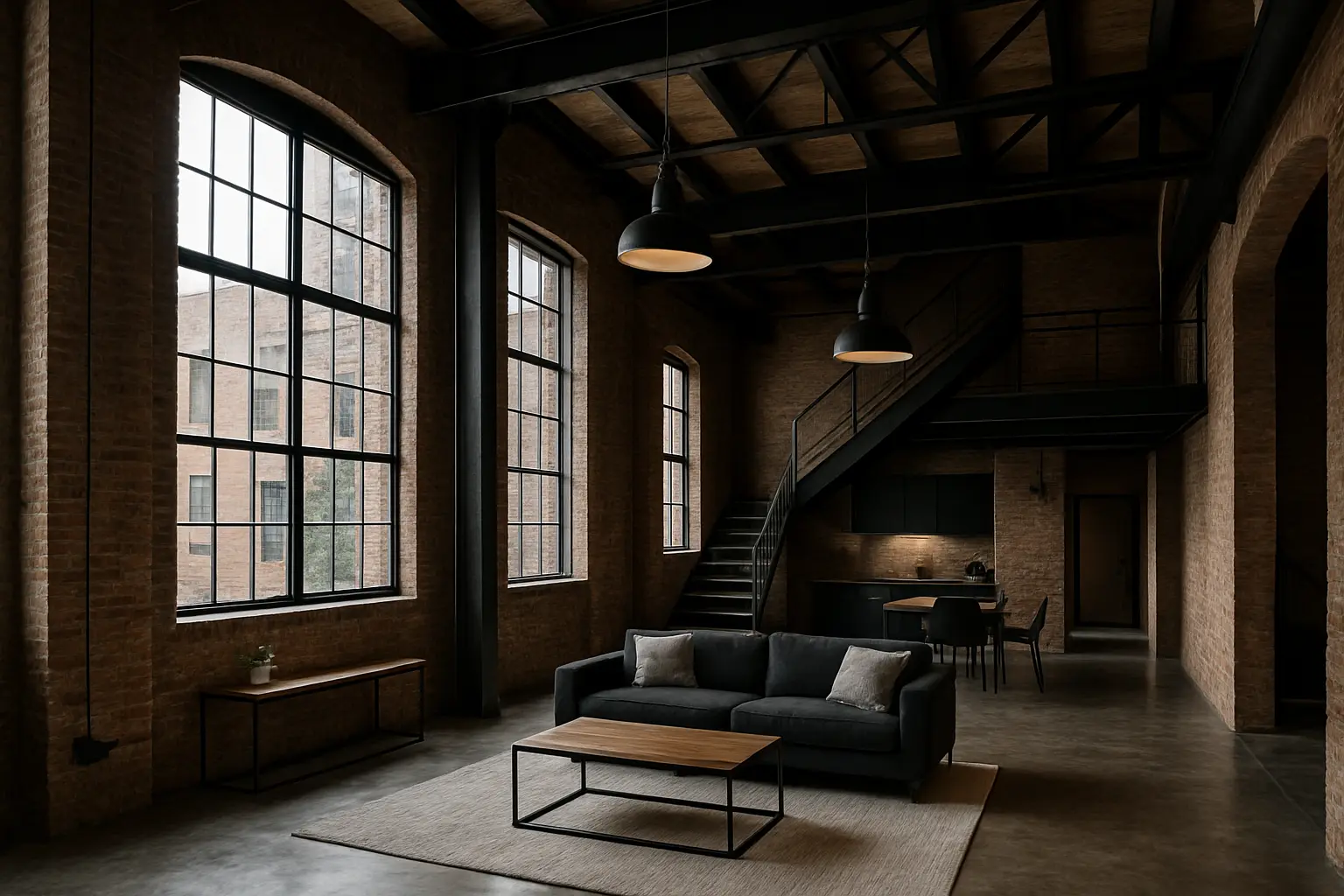From Warehouses to Dream Homes: Bowling Green's Commercial-to-Residential Revolution
Discover how savvy investors are transforming forgotten commercial spaces into sought-after residential properties in Kentucky's fastest-growing market.

The Rise of Adaptive Reuse: Understanding Bowling Green's Commercial Property Transformation Trend
In the heart of Kentucky, Bowling Green is experiencing a remarkable transformation as innovative developers breathe new life into abandoned commercial spaces. This adaptive reuse movement is reshaping the city's landscape, turning forgotten warehouses and vacant office buildings into coveted residential properties.
The trend reflects a growing demand for unique living spaces that combine historical character with modern amenities. Local real estate experts report a 40% increase in commercial-to-residential conversion projects over the past two years, highlighting the market's robust potential.
Investment Opportunities: Key Areas in Bowling Green Prime for Commercial-to-Residential Conversion
Several neighborhoods in Bowling Green present exceptional opportunities for commercial-to-residential conversions:
- Downtown Historic District: Rich in architectural heritage with numerous vacant commercial buildings prime for transformation
- Warehouse District: Industrial spaces featuring high ceilings and open floor plans ideal for modern loft conversions
- College Hill: Mixed-use zones near Western Kentucky University perfect for student and young professional housing
Market Analysis
Current market conditions favor these conversions, with residential demand outpacing supply and a growing preference for unique, character-rich homes. Property values in successfully converted areas have seen an average appreciation of 25% within the first year post-renovation.
Success Stories: Local Properties That Made the Successful Transition
Several standout projects demonstrate the potential of commercial-to-residential conversions:
The Old Cotton Mill Lofts transformed a century-old textile factory into 32 luxury apartments while preserving its industrial charm. The project sold out within three months of completion.
- The Mason Block: Former office building converted into 18 boutique apartments with ground-floor retail
- Railway Commons: Abandoned railway warehouse now housing 45 mixed-income residential units
- The Printer's Alley: Historic printing facility reimagined as creative live-work spaces
Expert Tips for Navigating Zoning Laws and Maximizing Property Value in Mixed-Use Developments
Regulatory Considerations
Successfully navigating the regulatory landscape requires attention to:
- Understanding mixed-use zoning requirements
- Securing proper permits and variances
- Meeting building code requirements for residential occupancy
- Addressing parking and accessibility standards
Value Maximization Strategies
To optimize investment returns, experts recommend:
- Preserving distinctive architectural features
- Incorporating energy-efficient systems
- Creating flexible floor plans
- Maintaining a balance between historical character and modern amenities
Final Thoughts: Bowling Green's commercial-to-residential conversion trend represents a unique opportunity for investors to participate in the city's growth while preserving its architectural heritage. With proper planning and execution, these projects can deliver both social and financial returns while meeting the growing demand for distinctive urban living spaces.


